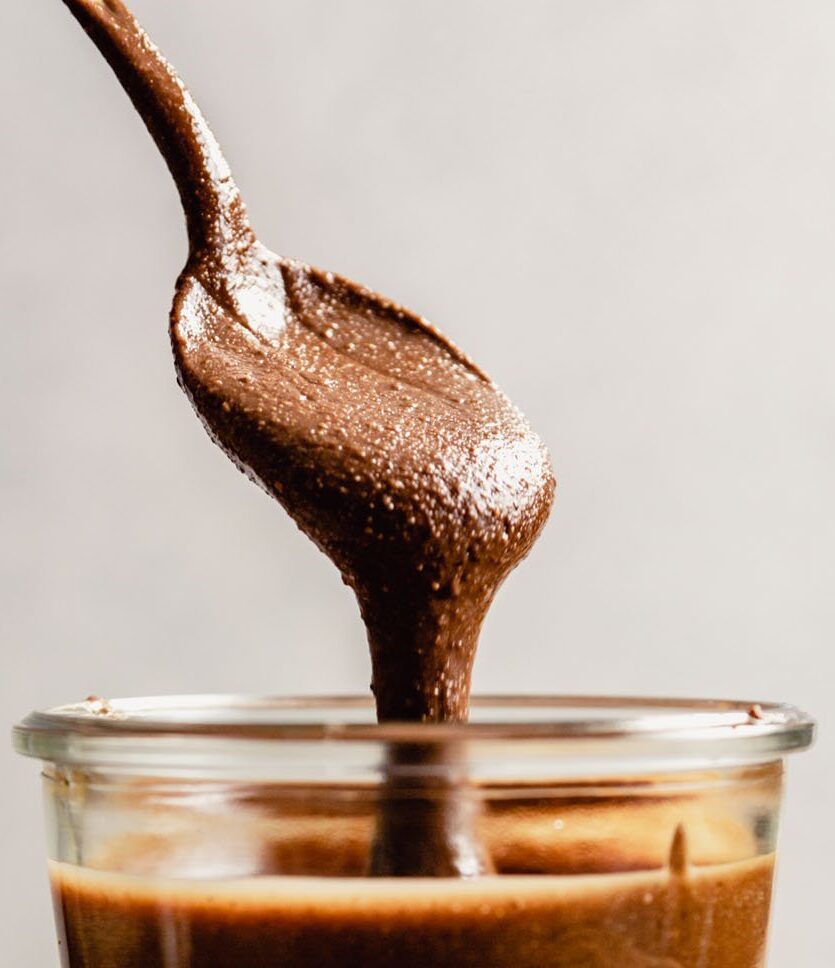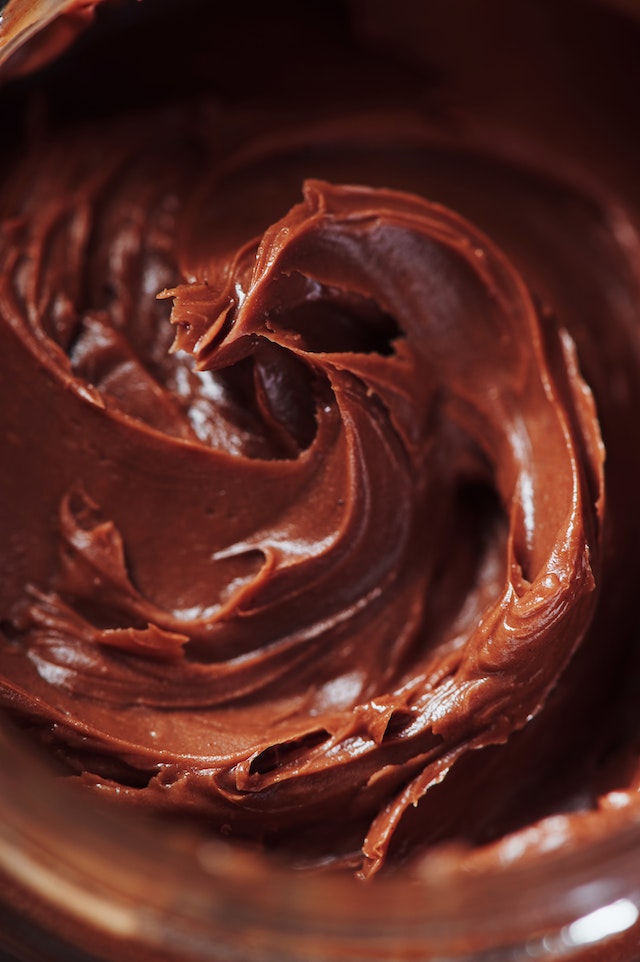
What’s a Good Substitute for Nutella? Homemade & Storebought Options
September 25, 2023
Easter Chocolates: Why Choose Ethical Brands for your Treats
February 17, 2024Is Chocolate Spread Healthy?
Ingredients, Health Benefits, & More
Is chocolate spread healthy? How much chocolate spread should you eat?
As with other questions which we’ve answered with “it depends”, whether a particular brand of chocolate spread is healthy depends on its ingredients and caloric makeup. With many brands of chocolate spreads out there, there’s no simple yes or no answer to the general question.
The bottom line? Some chocolate spreads are healthy and some are not. To make sure you’re buying healthy chocolate spread, read product labels. Every single time, because brands may change recipes.
In this article, you’ll learn what common ingredients are found in chocolate spreads, those that are unhealthy, how to choose healthier spreads, and a better way to consume chocolate spreads.
Table of contents
- Common ingredients in chocolate spread
- Troublesome (unhealthy) ingredients in chocolate spreads
- Is Nutella a healthy chocolate spread?
- Which chocolate spreads are healthiest?
- How much chocolate spread should you eat?
- Palm oil free chocolate spread fortified with Maca
Common Ingredients in Chocolate Spreads
Common ingredients in chocolate spread include sugar, palm oil, dairy milk (or plant milk for vegan versions), cocoa solids, hazelnuts, flavourings, usually vanilla, and emulsifiers like soy lecithin.
It’s important to note that different recipes may not contain some of these common ingredients. For example, there are palm oil free chocolate spreads, sugar free chocolate spreads, dairy-free chocolate spreads, and nut-free chocolate spreads.
Although the average chocolate spread contains common ingredients, the amount varies per product/recipe. In addition to these common ingredients, brands may include extra ingredients unique to their product.
Troublesome (Unhealthy) Ingredients in Chocolate Spreads and Why
Chief among the troublesome ingredients in chocolate spreads are added sugar and palm oil, especially when they’re the mainstay of a recipe.
Added Sugar
Like the name implies, added sugar is sugar manufacturers add to their products as sweeteners during processing. In other words, they’re not naturally occurring in the product like sugars naturally found in fruits, vegetables, dairy, or whole grains. For example, an apple is sweet because it contains natural sugar while sweetened tea contains added sugar.
The problem with added sugars is that they add extra calories, usually with little or no nutrients.
In the Sweet Danger of Sugar, Harvard Health warns that consuming high amounts of added sugar increases your risk for cardiovascular disease through secondary causes like weight gain, obesity, high blood pressure, and diabetes. However, you don’t have to crucify added sugar or cut it out from your diet. Consume in moderation AND monitor your total daily intake (more on that below).
Palm oil
Research and literature review on the impact of palm oil on heart health bring up conflicting results. Palm oil is about 50% saturated fat. Saturated fat is not heart-healthy, as it can raise blood levels of bad cholesterol. However, with conflicting results on the impact of the high saturated fat content of palm oil on heart health, the recommendation is consumption in moderation.
If you already consume more palm oil from other sources in your diet, it would be preferable to choose palm oil free chocolate spreads to avoid increasing your total daily intake.
Other ingredients like hazelnuts and soy lecithin may not be suitable for people with allergies to these food substances. That doesn’t make these ingredients necessarily unhealthy for the general population.
Health Benefits of Chocolate Spread
The health benefits of chocolate spread depend on the product ingredients AND especially, their amounts. Smaller amounts of nutrients don’t provide significant benefits. Moreover, some chocolate spreads contain such low amounts of cocoa solids that they’re technically not labeled as chocolate.
Cocoa solids
Cocoa solids house many nutrients, minerals, and vitamins. As such several studies have linked the consumption of cocoa solids with several health benefits:
- Improve blood cholesterol and sugar levels because of high polyphenol content
- Improve nitric oxide level which may reduce high blood pressure
- May reduce risk of cardiovascular disease and cancer
- Improve blood flow and brain function
- Improve symptoms of diabetes
- Improve mood
Hazelnuts
The rich nutrient profile of hazelnuts makes the marble-sized round nuts a source of several health benefits. Hazelnuts are a great source of heart-healthy omega-3 fats, antioxidants, a handful of vitamins and minerals, and calories.
According to a health and diet guide article by WebMD, the health benefits of hazelnuts include:
- Great source of cholesterol-free energy
- Easy source of plant-based protein
- Improved heart health
- Reduced risk of cancer
NOTE: While healthy chocolate spread can be a great addition to your diet, it is not a replacement for a healthy lifestyle. It should be just another step in your health-conscious lifestyle decisions.
Is Nutella a healthy chocolate spread?
The consensus is that the popular hazelnut chocolate dessert is not a healthy food, even though it is a mouthwatering treat. It is high in added sugar and palm oil, which are its major ingredients. These two make Nutella very calorie-dense.
Healthline reveals that the recommended serving size of Nutella, which is 2 tablespoons, supplies a whooping 200 calories. The problem is that Nutella is so sweet it’s hard to stick to the recommended serving. Additionally, taking that many calories from one source compounds the effect if you consume more foods also high in added sugars and calories.
Which chocolate spreads are healthiest?
How healthy a chocolate spread is depends on its contents. While some popular brands may not be healthy, there are many smaller brands that cater to health-conscious consumers. Always, always check product labels for ingredients and nutritional information.
READ: What’s a Good Substitute for Nutella? Store-bought and Homemade Options
How much chocolate spread should you eat?
Generally, you should eat chocolate in moderation, whether you’re consuming it as bars, drinks, or spread. As ‘moderation’ can be subjective, tailor your consumption to your calorie, diet, and health goals.
Most importantly, look for added sugars in product labels! Since many products don’t label their sugar additives as ‘added sugar’, Harvard Health advises you look for labels like:
Sugar, brown sugar, corn sweetener, corn syrup, fruit juice concentrates, high-fructose corn syrup, honey, invert sugar, malt sugar, molasses, or any sugar syrups ending in ‘ose’ (lactose, fructose, glucose, maltose, dextrose).
Palm oil-free Chocolate Spread Fortified with Maca
Besides various chocolate bars and cacao pulp juice drink, at Bantu Chocolate, we also create a palm oil free chocolate spread sweetened with coconut sugar (lower glycemic index than table sugar). Other ingredients include cocoa solids, hazelnuts, almonds, maca, cinnamon, sea salt, and vanilla.
SPREAD THE WORD is all about spreading the word about what we do in creating a more sustainable cocoa supply chain.
While a lot of people know about cocoa solids and hazelnuts in chocolate spread, few know of spreads infused with maca. What is maca? Maca, also known as Ginseng Andin, is a Peruvian root vegetable consumed for thousands of years for its many potential health benefits. Some of the science-backed benefits of maca include:
- Boost libido
- Improve mood
- Increase energy
- Helps the body manage stress
- May help with male fertility
- Help with symptoms of perimenopause and menopause
BUY PALM OIL FREE, MACA-INFUSED CHOCOLATE SPREAD
Is chocolate spread healthy? Bottom Line
Whether a particular brand of chocolate spread is healthy or not depends on its nutrient and calorie composition. Products with added sugar and saturated fats like palm oil as mainstay ingredients are usually unhealthy and should be substituted or consumed in modest amounts while monitoring your total daily intake of added sugars, saturated fats, and calories.
References
· 7 Benefits Of Maca Root, According To Experts http://www.forbes.com/health/body/maca-root-benefits/
· Health Benefits of Hazelnuts https://www.webmd.com/diet/health-benefits-hazelnuts
· 10 Health and Nutrition Benefits of Cocoa Powder http://www.healthline.com/nutrition/cocoa-powder-nutrition-benefits
· Palm Oil: Is It Really Bad for You? An In-depth Look https://pharmeasy.in/blog/palm-oil-is-it-really-bad-for-you-an-in-depth-look
· The Sweet Danger of Sugar https://www.health.harvard.edu/heart-health/the-sweet-danger-of-sugar
· Is Nutella Healthy? Ingredients, Nutrition and More http://www.healthline.com/nutrition/nutella
· Sugar 101 https://www.heart.org/en/healthy-living/healthy-eating/eat-smart/sugar/sugar-101
Chocolate Extinction: Fact vs. Fiction + What Chocolate Lovers Can Do
Chocolate ExtinctionFact vs. Fiction, What Consumers Can Do Share On Facebook Twitter Email Is the world really running out of chocolate? Not really. Currently the global […]
Corporate Chocolate Gifting Ideas to Appreciate Employees and Delight Clients
Corporate Chocolate GiftingHow to Appreciate Employees & Delight Clients Share On Facebook Twitter Email When it comes to corporate gifting, a one-gift-fits-all approach just doesn't cut […]
Cacao Supper Club at Home: Guide to Tasting Chocolate, Cacao Tea, and Pulp Juice
Cacao Supper Club at HomeGuide to Tasting Chocolate, Cacao Tea, and Pulp Juice Share On Facebook Twitter Email Imagine gathering around the table with a few […]







